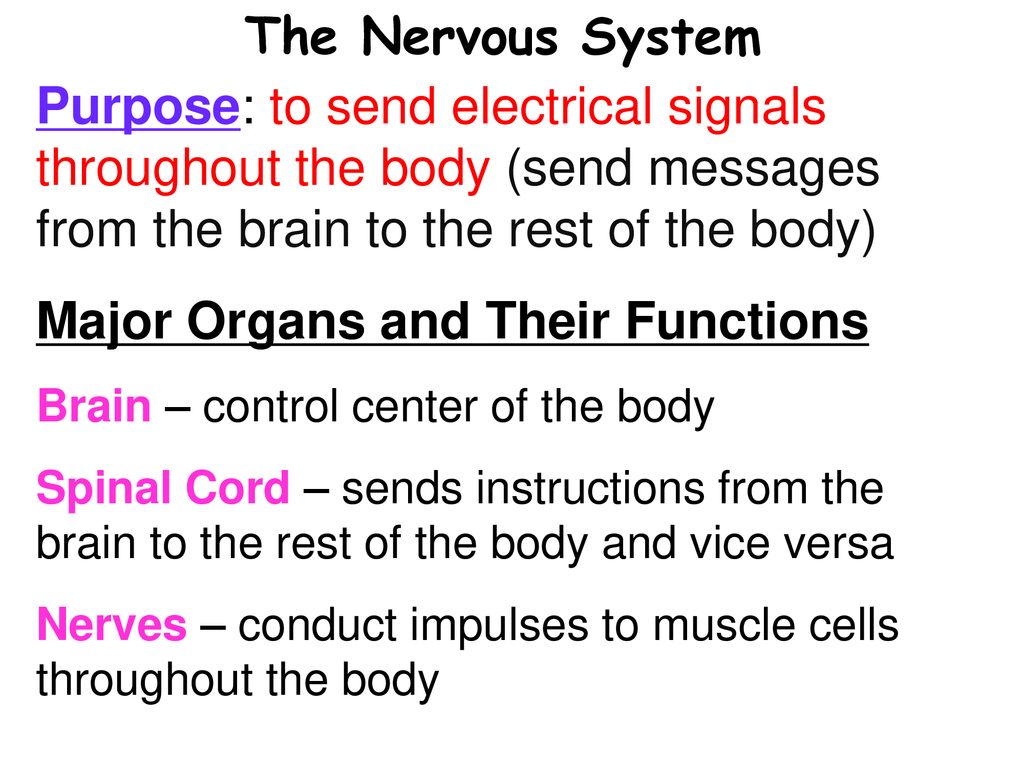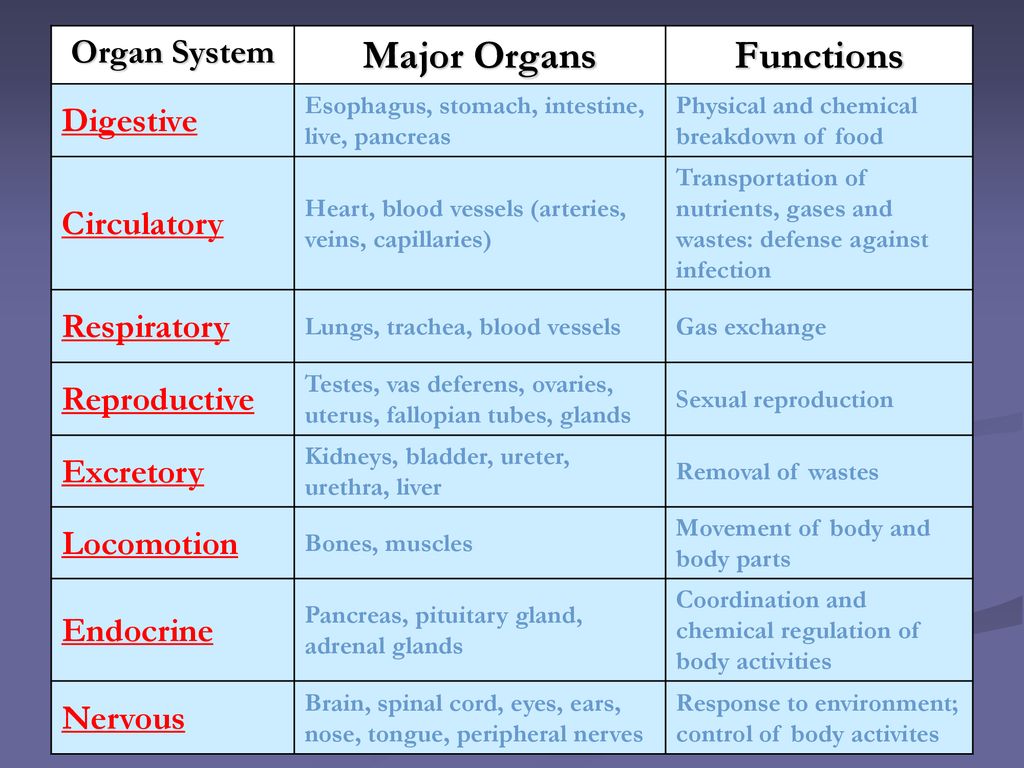Human Body Organs and Functions 2014 PowerPoint Presentation Biology Diagrams
Human Body Organs and Functions 2014 PowerPoint Presentation Biology Diagrams The body is organized into distinct anatomical regions, each housing specific organs that contribute to physiological functions. The thoracic cavity encloses the heart and lungs, protected by the ribcage and separated from the abdominal cavity by the diaphragm. Digestive system - anterior view. The human body is a biological machine made of body systems; groups of organs that work together to produce and sustain life. Sometimes we get lost while studying about cells and molecules and can't see the forest for the trees. It can be helpful to step back and look at the bigger anatomical picture.

Human physiology is the study of the functions and mechanisms of the human body. It explores how organs, tissues, cells, and molecules work together to sustain life. By understanding processes like circulation, respiration, digestion, and reproduction, human physiology provides insights into maintaining health and addressing disorders effectively.

The 11 Body Organ Systems: Anatomy and Function Biology Diagrams
These organs work together to form 11 human body systems that play a vital role in body physiology. The organ systems include. Skeletal system; Muscular system; All these organs are concerned with one important physiological function, namely digestion. If one of these organs is disturbed, then the whole digestive function is disturbed. The different organ systems each have different functions and therefore unique roles to perform in physiology. These many functions can be summarized in terms of a few that we might consider definitive of human life: organization, metabolism, responsiveness, movement, development, and reproduction. An organ system is a group of organs that work together to perform a complex function, such as pumping blood. There are 11 major organ systems in the human body: The circulatory (cardiovascular) system; The lymphatic system; Each group of organs has a different complex function, such as movement, breathing, or digestion.

The human body is an intricate network of vital organs working in harmony to maintain life and health. This comprehensive illustration showcases six major organs - the heart, lungs, liver, intestines, kidneys, and stomach - each playing crucial roles in maintaining bodily functions. These organs represent different body systems that work together to ensure survival, from circulation and Here is a comprehensive list of the organs in the human body with their functions: Central Nervous System: Brain: Controls body functions and processes. Spinal Cord: Transmits signals between the brain and body. Vander's Human Physiology (12th ed.). McGraw-Hill Higher Education. ISBN 978--07-128366-3.
